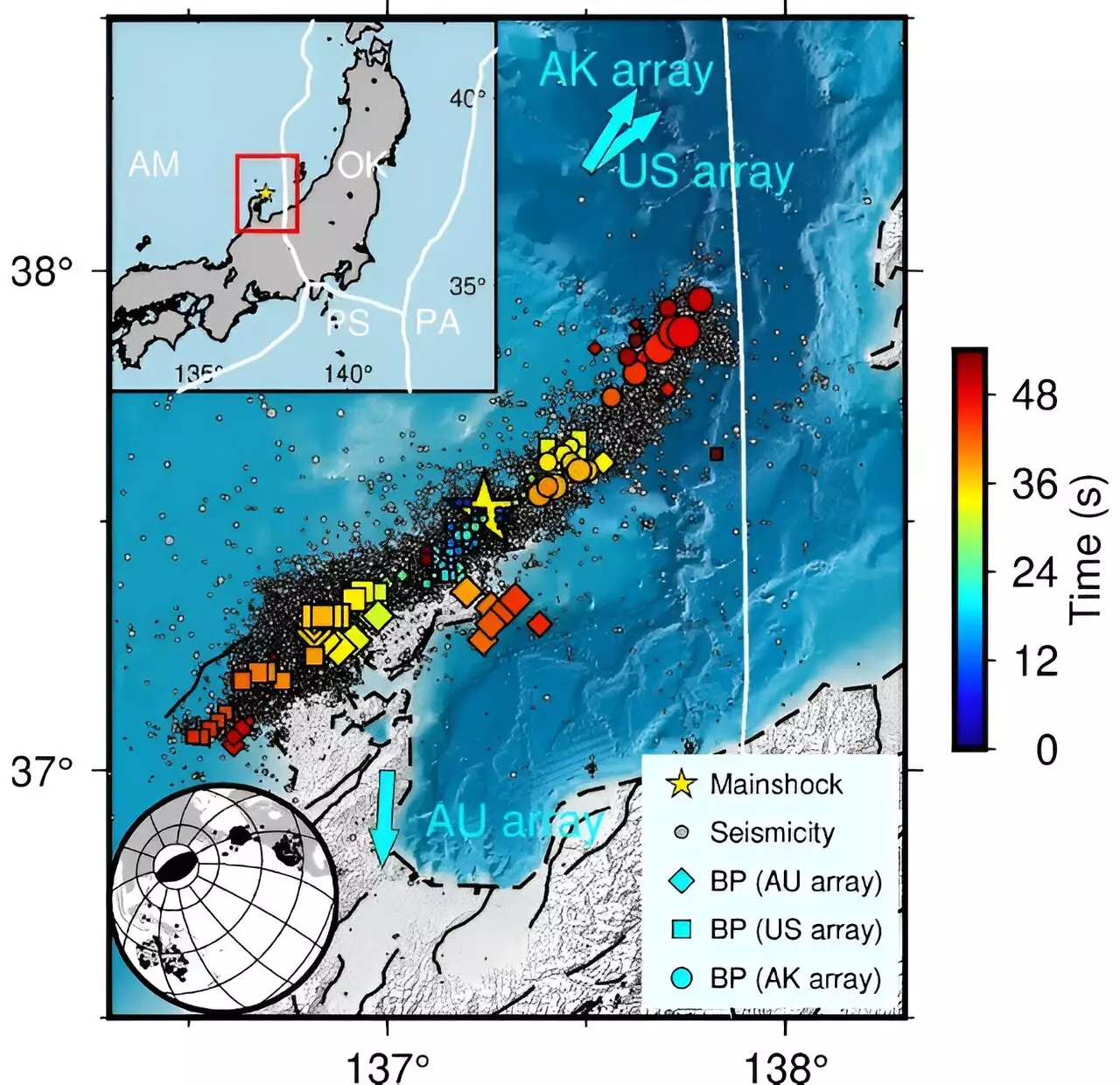The year 2024 kicked off with a bang as a magnitude 7.5 earthquake struck Japan’s Noto Peninsula on New Year’s Day, claiming the lives of more than 280 individuals and causing extensive damage to thousands of homes. What made this earthquake particularly noteworthy was the discovery that it originated from two separate points on the fault line simultaneously, creating a rare “dual-initiation” mechanism. This unique process put immense pressure on a fault barrier, ultimately leading to a powerful release of energy and widespread ground shaking across the region.
Fault barriers, also known as asperities, play a crucial role in earthquake genesis. These rough areas on fault lines impede the movement of rock blocks on either side, absorbing energy and preventing continuous sliding. However, when the energy absorbed by a barrier surpasses its capacity, the barrier ruptures violently, resulting in strong seismic activity. The earthquake in Japan was preceded by a series of small tremors, indicating the build-up of stress along the fault line, culminating in a catastrophic event. Understanding the behavior of fault barriers is essential for improving seismic risk assessments and enhancing earthquake forecasting.
An international team of researchers, including experts from the United States, France, China, and Japan, utilized advanced seismic and geodetic technologies to analyze the seismic activity leading to the Noto earthquake. Their findings, published in the journal Science, shed light on the dual initiation mechanism observed in this event. With access to geospatial data and seismic wave recordings, the team identified a hidden barrier in the region, which played a critical role in the earthquake’s intensity.
The dual-initiation process observed in the Japan earthquake is akin to bending a pencil from both ends until it snaps in the middle. The seismic waves triggered by two separate points on the fault line converged at the barrier, causing a simultaneous rupture and intense shaking. This phenomenon, although challenging to observe in nature, provides valuable insights into earthquake initiation under specific conditions. With access to high-quality seismic monitoring stations and data from GPS and satellite radar, researchers were able to unravel the complexities of the fault system and uncover the fine details of the seismic activity.
The discovery of dual-initiation mechanisms in earthquakes highlights the intricate nature of seismic events and underscores the importance of considering various factors in seismic risk assessment. As the research team continues to analyze the data and explore future scenarios, they aim to gain a deeper understanding of the conditions that lead to large-scale earthquakes with dual epicenters. By leveraging advanced technologies and data analysis techniques, scientists hope to identify similar instances in the future and enhance their ability to forecast and mitigate earthquake risks effectively.
The study of earthquake initiation is a complex and multifaceted field that requires a comprehensive understanding of fault dynamics, barriers, and seismic activity patterns. The recent research on the Noto earthquake in Japan has provided valuable insights into the dual-initiation mechanisms that can lead to powerful seismic events. By combining advanced technologies, data analysis, and collaborative research efforts, scientists are paving the way for improved seismic risk assessments and enhanced earthquake forecasting capabilities. As we continue to unravel the mysteries of the Earth’s crust, we gain a better understanding of the forces that shape our planet and the steps we can take to mitigate the impacts of seismic events.


Leave a Reply